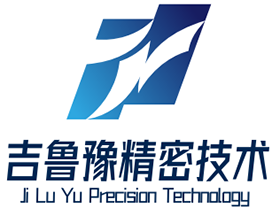Understanding Surface Roughness in CNC Machining: A Quick Guide
In the world of CNC machining, precision isn’t just about cutting to exact dimensions—it’s about achieving the perfect surface finish too.
Surface roughness plays a critical role in the performance and aesthetics of machined parts, especially in industries like aerospace, medical devices, and optics, where high standards are non-negotiable.
Here’s a quick breakdown of key roughness levels:
1. Ra (Roughness Average):
A common parameter measuring the average surface deviations.
2. Fine Finish (Ra ≤ 0.4 µm):
Ideal for applications demanding smooth surfaces, like optical components or sealing surfaces.
3. Medium Finish (Ra 0.8-1.6 µm):
Suitable for most industrial applications, balancing functionality and cost.
4. Coarse Finish (Ra > 3.2 µm):
Used in parts where appearance isn’t critical, often for internal components.
Remember, selecting the right surface roughness can impact wear resistance, friction, and overall product life.
At JLY Precision Technology, we specialize in achieving precise roughness levels to meet your exacting standards. Whether you’re in the oil and gas, optical, or medical sector, we’ve got you covered.





